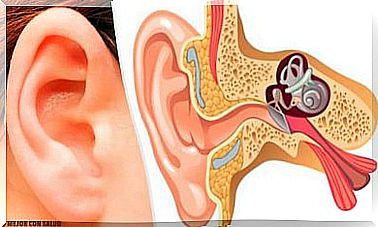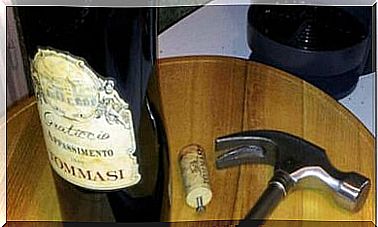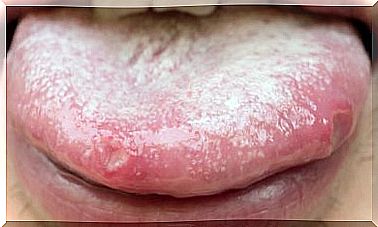Why Am I Afraid To Drive?
Amaxophobia is the fear of driving that some people feel when they get behind the wheel of a car. It can manifest itself in different situations or conditions and one of its common characteristics is that fear paralyzes them and does not allow them to use the vehicle.
Why are you afraid to drive?
The sensations experienced by those with a driving phobia are diverse. In some cases they fear causing an accident or making a mistake with the controls, in others, the problem lies in the place where you drive (highway, road, large avenues).
There are also those who are afraid of using the car at night or at higher speeds. Amaxophobia is composed of three levels:
Cognitive
It is related to thoughts about accidents, losing control, fear of death or causing harm to other people.
Emotional or physiological
You feel anxiety, muscle tension, insecurity, nausea, and excessive sweating. Blurred vision, increased heart rate, diarrhea, or shaking of the hands and legs may also be experienced .
Behavioral
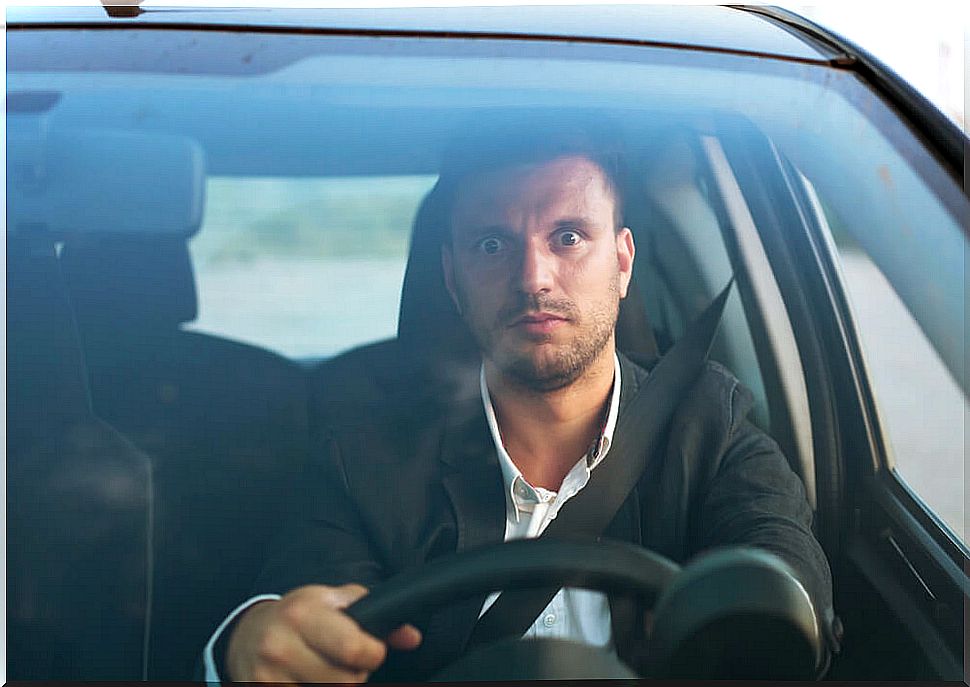
Driving is avoided, or driving alone under some special circumstances, such as being accompanied, going on certain roads, not exceeding the minimum speed, driving during the day, on little-traveled streets, etc.
The severity of the fear of driving varies according to the disability or difficulties caused by this phobia, as well as the level of discomfort that the person experiences.
Some cannot get into the driver’s seat, others prefer someone else to drive, walk or take a taxi, and still others do not mind driving if they have to take a quieter road and take twice as long to reach their destination.
This fear can interfere with everyday life. From turning down jobs that require driving to spending a lot of money on public transportation, not being able to transport someone in an emergency, or even not enjoying a weekend getaway.
Amaxophobia impairs self-esteem as the person feels inferior, frustrated, and incompetent.
Fear of driving tends to affect drivers with little experience (less than 2 years), and to a lesser extent, experienced drivers. There is also a higher incidence in women around the age of 30. Some of the main origins of the problem are:
- Having suffered an accident (or witnessed one).
- Have received an education based on fear or mistrust of abilities.
- Experiencing anxiety or stress due to problems other than driving (work problems, family problems, etc.).
Can you overcome the fear of driving?
If just thinking about getting in the car makes you feel like it, here are some tips that can help you:
1. Create a relaxed atmosphere

There are some friends or family who can make you more nervous if they join you. You can tell them to sit in the back seat or just not go with you.
Dress in comfortable clothing so that you do not experience pressure on any part of the body. Put on some relaxing music and add some flavoring.
2. Practice abdominal breathing
When you feel like you’re out of control and you’re about to have a panic attack, the first thing to do is do abdominal breaths.
Take a breath through your nose and let your lungs swell. Your belly should be expanded as much as possible. Then breathe out slowly so that the body relaxes. Repeat several times.
3. Use positive affirmations
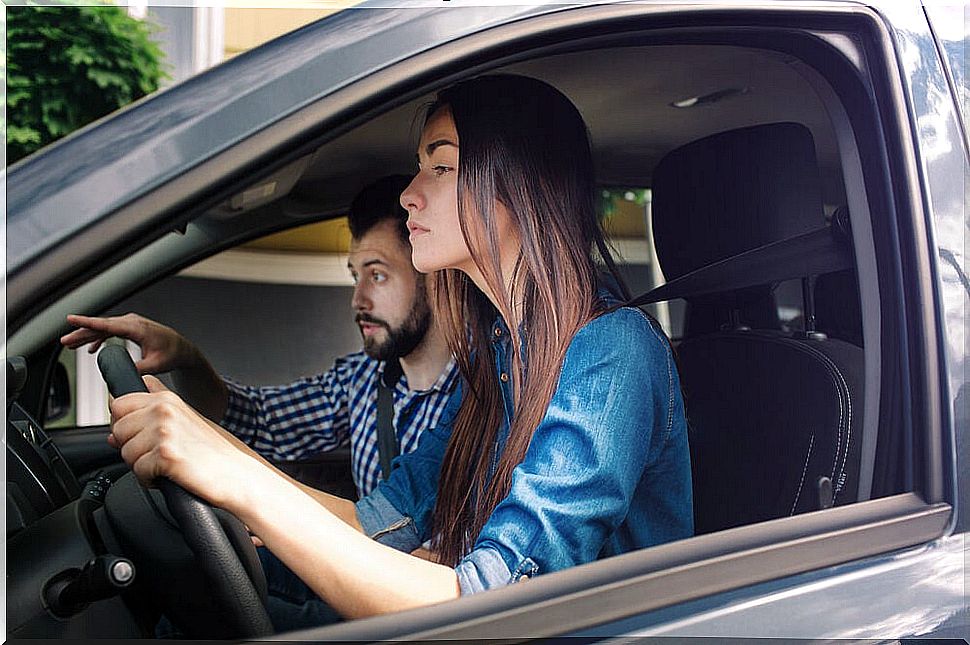
All those phrases or words that allow you to increase your confidence and self-esteem are welcome if you are afraid of driving. For example you can say out loud:
- I am driving very carefully and I am within the speed limit.
- I am a prepared driver.
- I’m in the right lane to feel safer.
- I have planned this trip, I know where I am going.
4. Confront your fears
The best way to control driving phobia is precisely to drive. It starts small, at times with little traffic, on streets with little traffic and at a very low speed. As you gain more confidence in yourself the fear will disappear.
Exposure therapy is one of the most effective ways to overcome fear. If you do nothing about it, the fear will increase and it will be uncontrollable.
5. Take small steps

If you are afraid to drive, you will not be able to use your car to travel long distances overnight. Therefore, it is better to advance little by little until you feel ready. Start by holding the keys for a few minutes, then sit with the car turned off.
Then drive a single street, go around the block, go to a main street with a traffic light, use the right lane of the highway to the first exit, move to the second lane, drive on the highway, and so on.
6. Ask for help
Around you there are many people who can be the support you need to take away your fear of driving. You can ask them to accompany you on your first outings, or at least to listen to you and give you their opinion.
Sometimes it’s just a matter of talking about the problem and the feelings it brings to get you started on the road to recovery.
